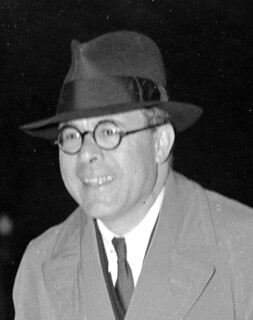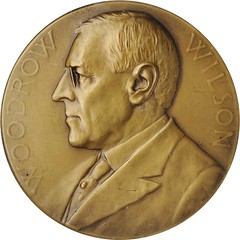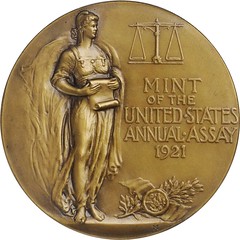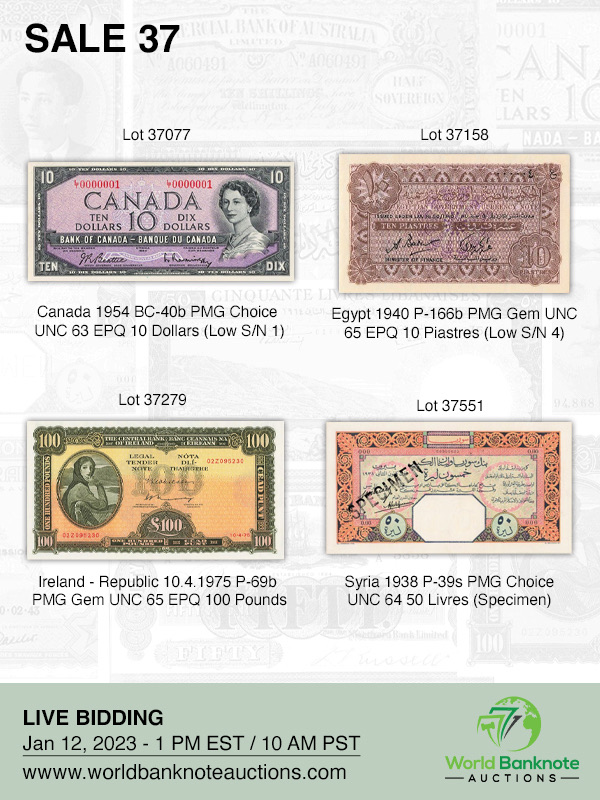
PREV ARTICLE
NEXT ARTICLE
FULL ISSUE
PREV FULL ISSUE
QUERY: ALBERT LEVITT AND THE 1921 ASSAY COMMISSIONGary Greenbaum has a question about 1921 Assay Commissioner Albert Levitt. -Editor
Currently, I'm working on the article on Albert Levitt. Briefly a federal judge, Levitt careened through an eccentric career in the law and public affairs. His most famous contribution to the law came with his 1937 challenge to the Supreme Court seating its latest member, Hugo Black. The resulting decision, Ex parte Levitt, is an important case on the law of standing, meaning you have to have sufficient connection to a matter to bring a lawsuit. The court said that Levitt's status as a citizen and member of the Supreme Court Bar did not entitle him to challenge Black's appointment. Levitt also, in 1950, ran against Richard Nixon for the Republican nomination for Senate in California, and finished sixth out of six. But, for reasons I've been unable to discern, he was also a member of the 1921 Assay Commission, where in February of that year, he rubbed shoulders at the Philadelphia Mint with such notables as Buffalo nickel designer James Earle Fraser and the longtime chairman of the House Coinage Committee, Congressman Albert Vestal, as well as two former ANA presidents, Judson Brenner and J M Henderson. The question I'd like to ask for help with is, why was he a member?
The only mention of Levitt in The Numismatist (April 1921, p. 159) says that Levitt wasn't an ANA or ANS member, and mentions his affiliation with The George Washington University, where he was teaching law for a year, one of a series of appointments he held in the 1920s. That hardly seems a reason for Wilson to put him on the Assay Commission. A look at the Newman Portal finds a 1977 article in Coin World about the Assay Commission, that describes Levitt as one of three Thanks. Can anyone help? I added an image of the 1921 United States Assay Commission Medal from a 2020 Stack's Bowers sale. -Editor
For more information on Leavitt, see:
To read the complete lot description, see:
Wayne Homren, Editor The Numismatic Bibliomania Society is a non-profit organization promoting numismatic literature. See our web site at coinbooks.org. To submit items for publication in The E-Sylum, write to the Editor at this address: whomren@gmail.com To subscribe go to: https://my.binhost.com/lists/listinfo/esylum All Rights Reserved. NBS Home Page Contact the NBS webmaster 
|



